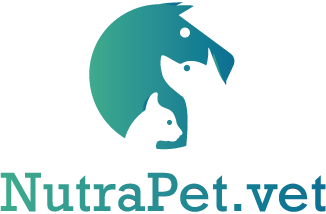According to a study conducted on Beagle dogs and published in BMC Veterinary Research, supplementing rye in the diet may have positive effects on dogs’ health. In fact, the research found that the inclusion of rye, compared with wheat, affected the composition of the gut microbiota, short-chain fatty acids, and even the digestibility of some nutrients.
Fiber fermentation
Dietary fiber usually escapes enzymatic digestion and absorption in the small intestine, thus reaching the large intestine relatively intact. Dietary fiber includes both soluble and insoluble fiber. Soluble fibers, such as arabinoxylan, β-glucan, and fructans, are easily fermented by the gut microbiota and are the subject of increasing interest by the scientific community both because they can promote a healthy gut environment and because of their satiating effects.
Although the mechanisms underlying these effects are not yet fully understood, several factors appear to be involved. One of these is the production of short-chain fatty acids (SCFAs), including acetate, propionate and butyrate, which are produced during bacterial fermentation in the intestinal tract.
Butyrate, for example, is the preferred energy source of colonocytes and is vital for their barrier function. In dogs, SCFAs lower the pH in the colon, favoring potentially beneficial bacteria such as Bifidobacterium and Lactobacillus and limiting the proliferation of bacteria associated with gastrointestinal diseases such as Clostridium perfringens and Escherichia coli. SCFAs also increase satiety both directly, through central regulation of appetite, and indirectly by stimulating the release of the satiety hormone .
Effect of rye
In this study, the effect of three diets with different levels of rye inclusion on fecal gut microbiota composition, short-chain fatty acid (SCFA) profile, and apparent total intestinal tract digestibility (ATTD) was examined.
The main differences were observed with the higher level of rye inclusion (50% dry matter), which caused a change in microbial composition, mainly with an increase in therelative abundance of Prevotella and a simultaneous decrease in Catenibacterium, Bacteroides, Romboutsia e Megamonas.
At the same time, however, the higher level of rye inclusion reduced the apparent total digestibility of the intestinal tract, indicating that a slightly lower inclusion rate might be what is recommended.
Reference
Reference: Palmqvist H, Ringmark S, Höglund K, Pelve E, Lundh T, Dicksved J. Effects of rye inclusion in dog food on fecal microbiota and short-chain fatty acids. BMC Vet Res. 2023 May 10;19(1):70. doi: 10.1186/s12917-023-03623-2











